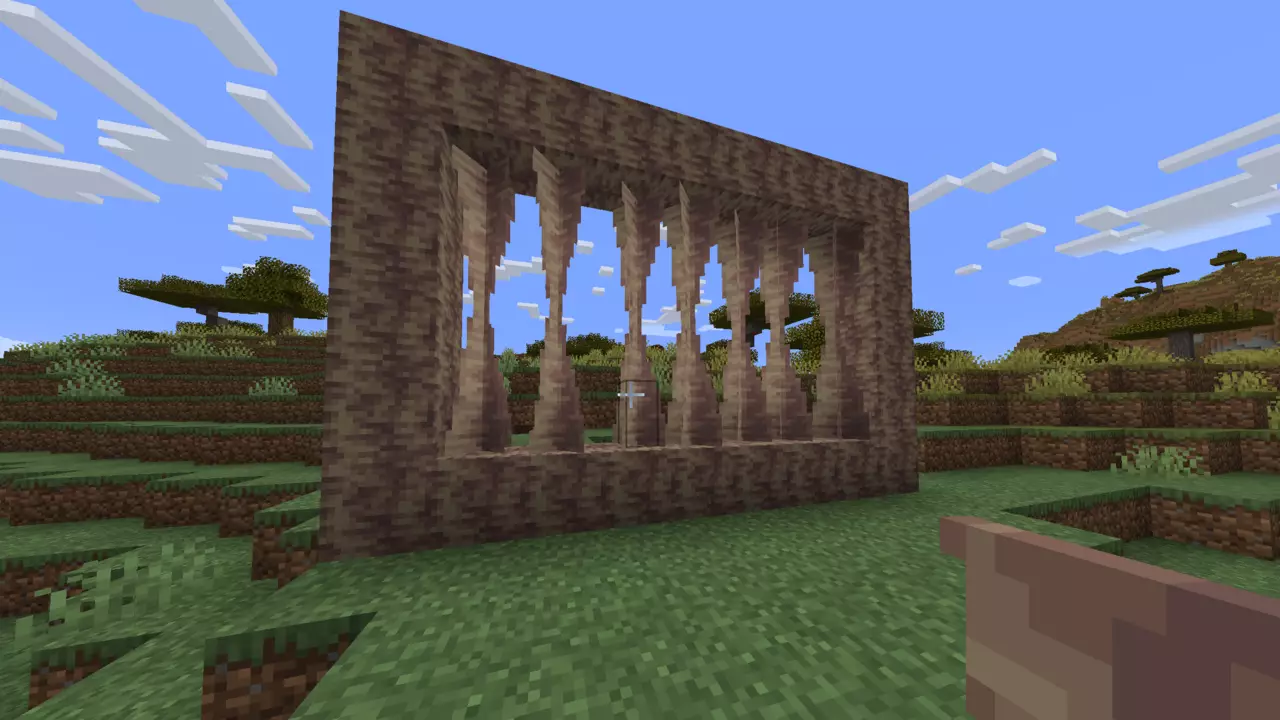Minecraft continues to expand its vast universe filled with diverse landscapes, creatures, and innovative mechanics. Among the more recent additions is the curious feature known as pointed dripstone—widely recognized as stalagmites in the gaming community. These formations, often overlooked in the grand scope of the game, offer unique gameplay mechanics and aesthetic potential. This article aims to delve deeper into the nature of pointed dripstone, its origins, and its applications within the pixelated world of Minecraft.
What Are Pointed Dripstones?
At first glance, pointed dripstone might appear to be mere decorative elements scattered throughout the game. However, they are part of a dual structure, which includes stalactites that hang from above. Together, these two formations—stalagmites rising from the ground and stalactites descending from the ceiling—are categorized under the broader label of pointed dripstone. They primarily inhabit dripstone caves and can be formed through a natural process that requires specific environmental conditions.
These caves, characterized by their unique geological formations, create an intriguing setting for exploration. Pointed dripstone can develop from dripstone blocks that serve as a substrate, creating an ecosystem that thrives on the interactions between light, darkness, and water.
Finding dripstone caves provides players with significant rewards, as these biomes are the only places where pointed dripstone occurs naturally. Often, players may search far and wide only to be bombarded with disappointment. To optimize your hunt, understanding the spawning criteria is crucial. Naturally, these caves can be found anywhere within the overworld but are frequently situated away from water sources, which makes digging deeper inland essential.
When players encounter these caves, the unmistakable presence of stalagmites and stalactites will signal their arrival. Visually, they can be striking—particularly during gameplay that relies on lighting techniques. Therefore, not only is exploration exciting, but the ambiance can create memorable experiences.
Beyond their aesthetic appeal, pointed dripstone formations pose considerable risks. One of the most significant dangers lies in the increased fall damage that results from landing atop a stalagmite. While exploring, unintentionally falling onto one can lead to fatal consequences, making these geological structures more than just visual decorations—they act as potential traps for the unwary.
This trait allows creative players to construct cunning defenses around their dwellings or create booby traps for unsuspecting enemies. The knock-on effect of creating traps emphasizes the dualities present in Minecraft—where beauty often conceals hidden dangers.
Crafting and Using Pointed Dripstone
While the dangers of stalagmites are relatively straightforward, their utility as a crafting material opens up a world of possibilities. Players can gather pointed dripstone and subsequently craft dripstone blocks through a simple combination of items. This crafting avenue allows players to manipulate their environment actively, thereby customizing and enhancing their bases with decorative or functional elements.
When combined effectively, stalagmites and stalactites create visually appealing installations, boosting the ambiance of any space. Whether forming intricate underground lairs or engaging in atmospheric builds, the unique characteristics of pointed dripstone can elevate any design.
While the stalagmite may be perceived primarily as a point of danger, stalactites present an intriguing utility through their interaction with liquids. By positioning a stalactite above a cauldron connected to a still water or lava source, players can enable a slow drip of these liquids into the container, thus increasing the fill level. This intricate detail not only provides a method for gathering resources but adds a layer of realism to gameplay.
These elements serve as critical reminders of Minecraft’s depth—where what may appear to be mere decorations can profoundly influence how players interact with their environments. Engaging with these features thoughtfully amplifies the immersive experience that the game offers.
The role of pointed dripstone in Minecraft extends far beyond mere decoration. These remarkable structures serve as both functional and aesthetic aspects of the gaming universe, providing unique challenges, strategic possibilities, and opportunities for creative exploration. As players navigate this complex environment, understanding the intricacies of stalagmites and stalactites can enhance gameplay and inspire unique architectural designs. Whether crafting deadly traps or ambient water sources, pointed dripstone stands as a testament to Minecraft’s enduring ability to surprise and engage its community.

